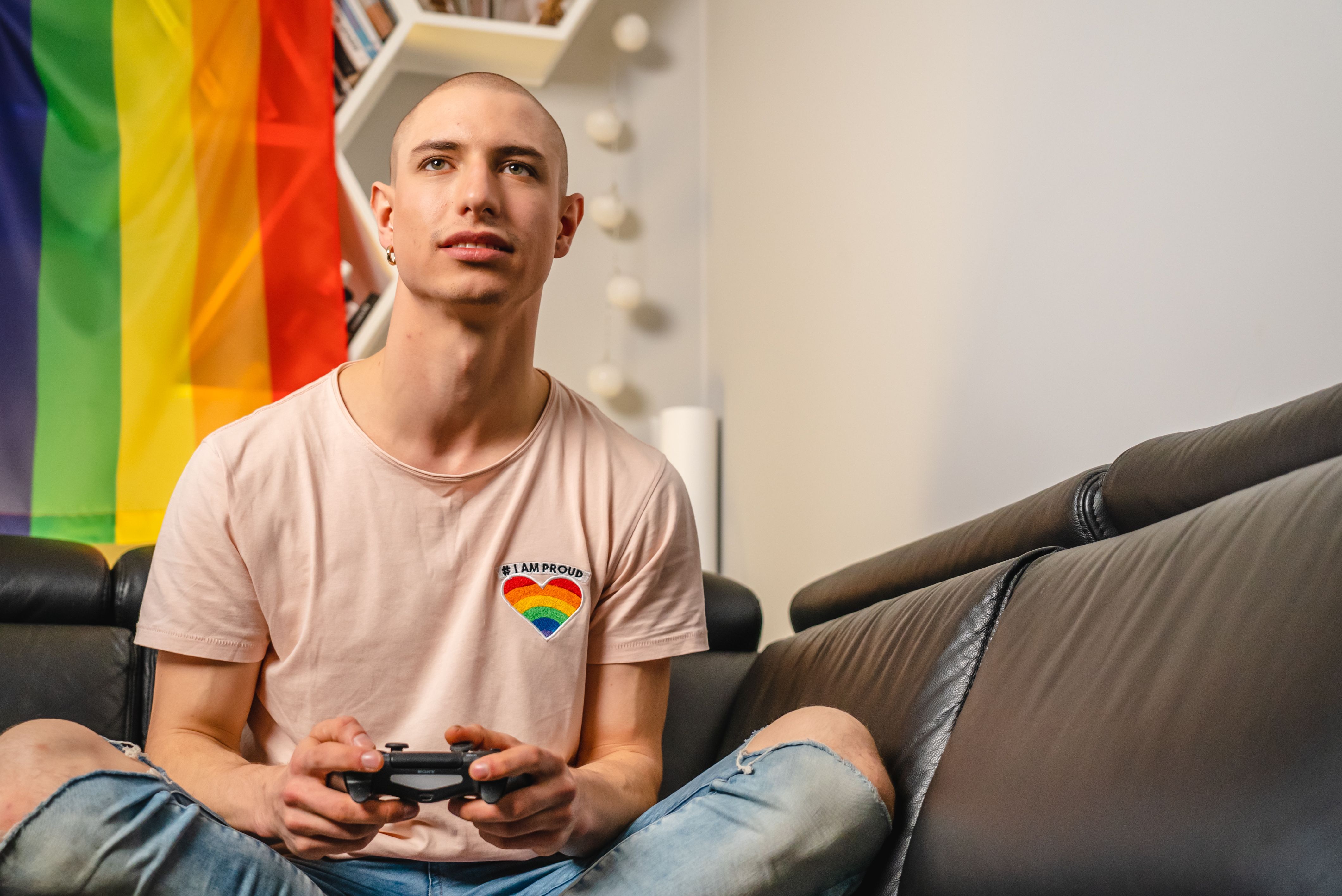Publication
Article
Psychiatric Times
Using the Internet to Increase Access to Evidence-Based Treatment for Obsessive-Compulsive Disorder
Author(s):
Internet-based CBT has shown promise to improve access to therapy for patients with OCD, which is associated with a profoundly diminished quality of life and social isolation.
BRIEF COMMUNICATION
[[{"type":"media","view_mode":"media_crop","fid":"23790","attributes":{"alt":"OCD","class":"media-image media-image-right","id":"media_crop_3468746537599","media_crop_h":"0","media_crop_image_style":"-1","media_crop_instance":"4150","media_crop_rotate":"0","media_crop_scale_h":"116","media_crop_scale_w":"125","media_crop_w":"0","media_crop_x":"0","media_crop_y":"0","style":"float: right;","title":" ","typeof":"foaf:Image"}}]]In recent years, the increasing number of computer and Internet users has greatly expanded the potential to access evidence-based care for the treatment of psychiatric disorders. Computer-assisted and Internet-based treatments expand accessibility of treatment for individuals who may have economic, transportation, or other restrictions that limit access to face-to-face services. Furthermore, these programs have the advantages of increasing cost-effectiveness of evidence-based treatments by reducing contact time with a therapist, broadening client participation in therapy-based activities in real-world settings, and monitoring quality of care and client progress.
Researchers have developed programs that range from self-directed therapy based on “self-help” models to therapist-supported interactive treatments with or without video conferencing. Much of the research on computer or Internet-based programs has been focused on anxiety disorders.1 Given the severe and disabling nature of obsessive-compulsive disorder (OCD), numerous efforts have been made to improve access to evidence-based treatment for those facing barriers to care.
OCD is associated with a profoundly diminished quality of life, social isolation, and a substantial economic burden on society; the lifetime prevalence of OCD is 2%.2 It is characterized by the presence of persistent and distressing thoughts and worries-obsessions-and repetitive or ritualized behaviors-compulsions. Most often the compulsions are carried out in direct response to the obsessions and serve to reduce anxiety and distress.
Evidence-based guidelines identify 2 types of effective treatments of OCD: medications, including SNRIs (eg, clomipramine) and SSRIs, and cognitive-behavioral therapy (CBT) consisting of exposure and response prevention (ERP). With ERP, patients gradually expose themselves to their fears or obsessions while refraining from engaging in rituals or compulsions. Exposures are conducted in a systematic fashion starting with situations that are least feared and gradually working toward situations that are most feared. Despite the documented efficacy of ERP, few patients receive this treatment in clinical practice, although many patients prefer CBT to medication alone and CBT is superior to antipsychotic medications as an augmentation strategy for those experiencing residual symptoms.3 Barriers to care include uncertainty about where to seek treatment, lack of trained therapists, shame and stigma associated with mental health problems, time limitations, competing demands, and costs associated with seeking psychological care.
Multiple efforts have been made to improve access to CBT for patients with OCD; among these, an Internet-based CBT (I-CBT) for OCD, developed at the Karolinska Institutet in Sweden, is the most promising program developed to date.4,5 In I-CBT, individuals use an Internet-based treatment platform to learn about their illness and to engage in ERP under the confidential guidance of an expert therapist. I-CBT overcomes many barriers to care and allows individuals to receive evidence-based ERP treatment under the guidance of trained therapists without the traditional restrictions and requirements of face-to-face meetings.
In one trial, I-CBT was found to be far superior to a control treatment (response to treatment: 60% for I-CBT vs 6% for control); I-CBT also had low dropout rates (12%), comparable to rates seen in face-to-face treatment.5 Moreover, decreases in OCD severity with I-CBT are comparable to those with face-to-face ERP. I-CBT is a clear advance over other self-help programs because it is a single, integrated system of treatment supported by a therapist accessible anywhere via the Internet. This program has the potential to substantially affect public health and enable underserved OCD patients to access evidence-based care. However, I-CBT has never been tested outside of Sweden in diverse OCD patient populations and settings. It is exciting to see effects of I-CBT in Sweden, and we look forward to seeing how such a program might fare in the US. This type of innovation could change how we treat anxiety disorders, including OCD.
Disclosures:
Dr Patel is Research Scientist at the New York State Psychiatric Institute and Assistant Professor of Clinical Psychology in the department of psychiatry of Columbia University, College of Physicians and Surgeons, New York (for information about a pilot research study on I-CBT, you can contact Dr Patel at Sapatel@nyspi.columbia.edu). Dr Schmidt is Clinical Researcher at the New York State Psychiatric Institute. Dr Simpson is Director of the Anxiety Disorders Clinic and Center for OCD and Related Disorders at the New York State Psychiatric Institute and Professor of Psychiatry at Columbia University, College of Physicians and Surgeons. The authors report no conflicts of interest concerning the subject matter of this article.
References:
1. Newman MG, Consoli A, Taylor CB. Computers in assessment and cognitive behavioral treatment of clinical disorders: anxiety as a case in point. Behav Ther. 1997;28:211-235.
2. Murray CJL, Lopez AD, eds. The Global Burden of Disease: A Comprehensive Assessment of Mortality and Disability From Diseases, Injuries, and Risk Factors in 1990 and Projected to 2020. Cambridge, MA: Harvard School of Public Health, Harvard University Press; 1996.
3. Simpson HB, Foa EB, Liebowitz MR, et al. Cognitive-behavioral therapy vs risperidone for augmenting serotonin reuptake inhibitors in obsessive-compulsive disorder: a randomized clinical trial. JAMA Psychiatry. 2013;70:1190-1199.
4. Andersson E, Ljótsson B, Hedman E, et al. Internet-based cognitive behavioral therapy for obsessive compulsive disorder: a pilot study. BMC Psychiatry. 2011;11:125.
5. Andersson E, Enander J, Andrén P, et al. Internet-based cognitive behaviour therapy for obsessive-compulsive disorder: a randomized controlled trial. Psychol Med. 2012;42:2193-2203.






